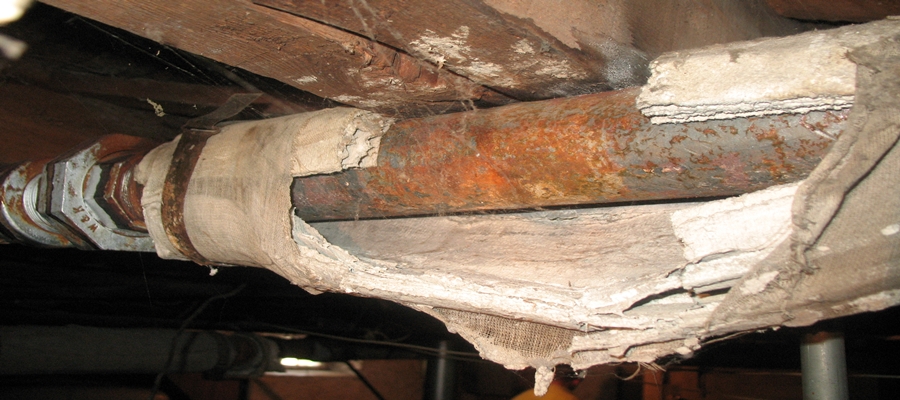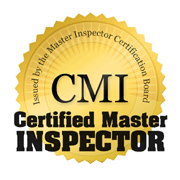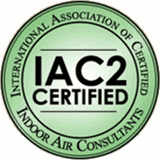Massachusetts Home Inspections YOUR INVESTMENT IS MY CONCERN

Asbestos - Removing It

Although the EPA restricted asbestos use in building materials in the 1970s and proposed a 10-year phase-out of asbestos-containing products in 1986, homebuyers purchasing properties from that era often have understandable concerns.
In general, asbestos-containing materials (ACMs) do not need to be removed from residential properties. In fact, removal is only necessary if the material will be disturbed during construction, renovation, or demolition. As long as ACMs remain intact and in good condition, they do not pose a significant health risk to occupants. However, when asbestos becomes fully exposed, friable, flaking, or crumbling (like the image above) making it likely to become airborne—encapsulation or professional removal by a licensed asbestos specialist is strongly recommended.
Asbestos removal should never be attempted by homeowners. Without proper equipment and training, the risk of inhaling airborne fibers is high, potentially leading to severe lung diseases later in life. Professional removal requires specialized tools and expertise, making it impractical and unsafe for an untrained individual. Moreover, removal is considered the last resort, as improper handling can release more fibers into the air, increasing exposure risks.
If you choose to have suspected asbestos removed from your home, ensure that the removal company is licensed by the State of Massachusetts to perform the work safely and in compliance with regulations.
Even though the EPA has restricted asbestos use as a building material in the 1970s and has proposed a 10-year phase-out of products containing asbestos in 1986, people purchasing homes that were built during those years are understandably nervous.
Generally, asbestos-containing materials (ACM's) do not have to be removed from any residential property. In fact, asbestos-containing material does not have to be removed from any residential structures unless it will be disturbed during construction, renovation or demolition activities. As long as the asbestos-containing material is in good condition, in tact and will not be disturbed; it does not pose a significant health risk to it's occupants. It's only when asbestos is fully exposed and friable, flaking or crumbling, and that it's likely to become airborne (see image above) is when I highly recommend encapsulation or professional removal by properly licensed asbestos removal personnel. Asbestos removal should never be attempted by the homeowner unless you do not mind having lung infections later on in your life. This action requires special equipment and detailed training which would generally be too expensive and time-consuming for a homeowner to acquire for a one-time job. Removal is also the last choice among alternatives because it poses the most risk of fiber release if not performed correctly.
If you do decide to hire the professionals to have any suspected asbestos removed from your building, please make sure the removal company is licensed by the State of Massachusetts
If you have any questions about asbestos, please visit the MassDEP Asbestos, Construction & Demolition Notifications page for more information.
Here is what my clients have to say about my home inspection services:
Press F5 (on your keyboard) for additional testimonials
Hi David,
I just wanted to send you a quick note to thank you again for your help yesterday!!
Andy and I are very appreciative of all of the information you provided us with, and we both feel that we have an excellent understanding of what needs to be done to this home, and can make our decision with assurance. The tips that you provided us with are invaluable, and I will definitely recommend you to anyone I know that is or will be buying a home.
Thank you again!
Alyssa














